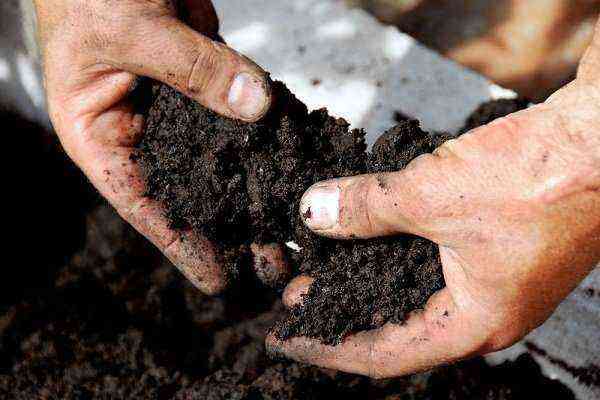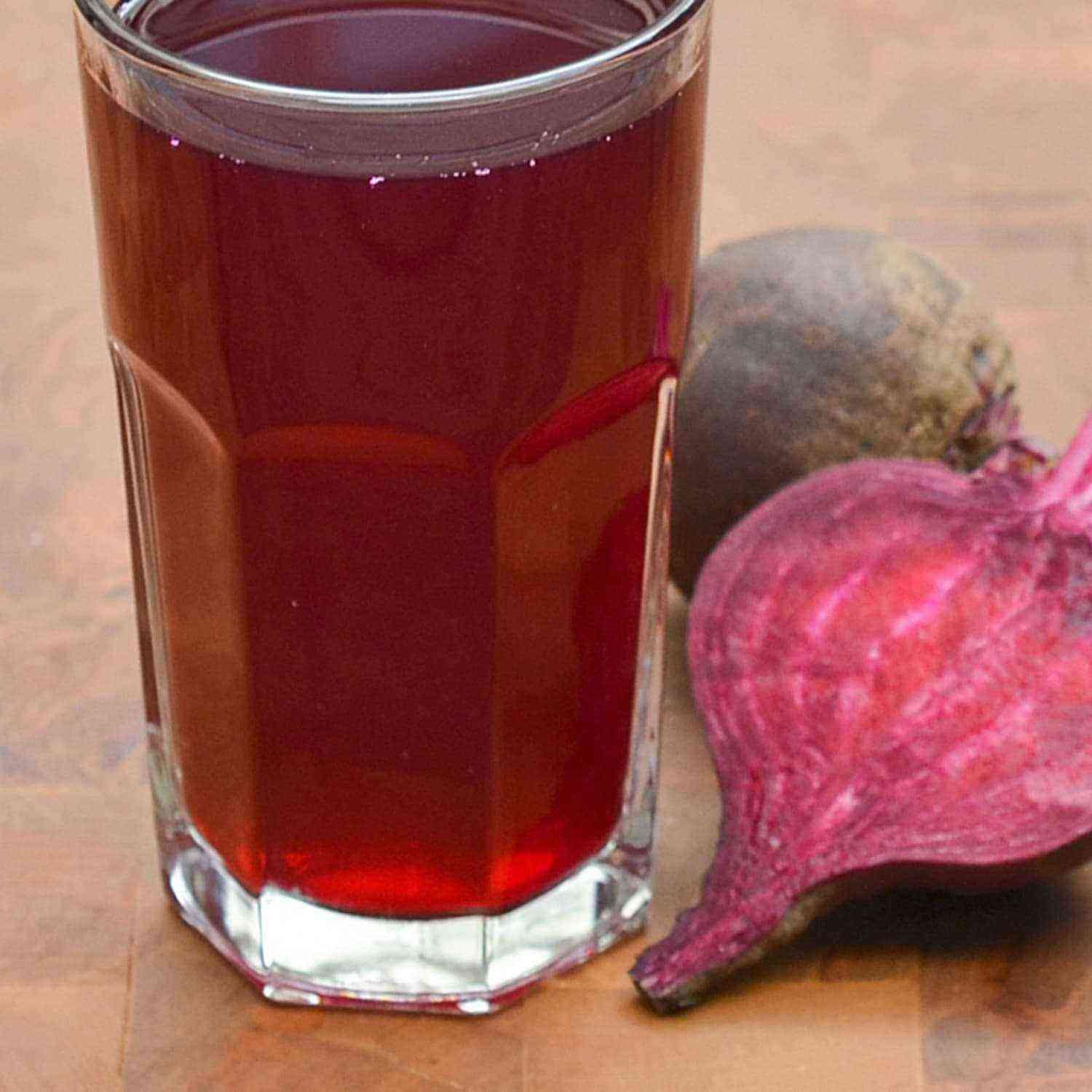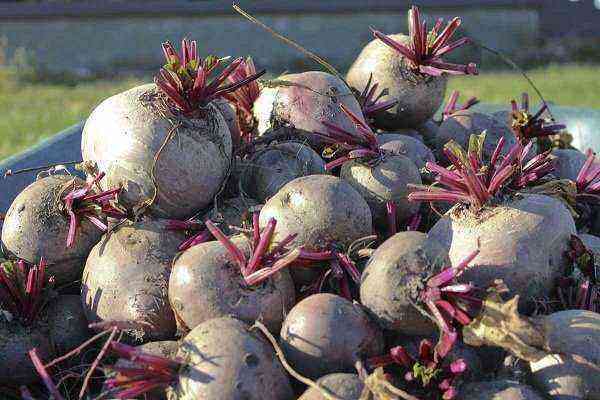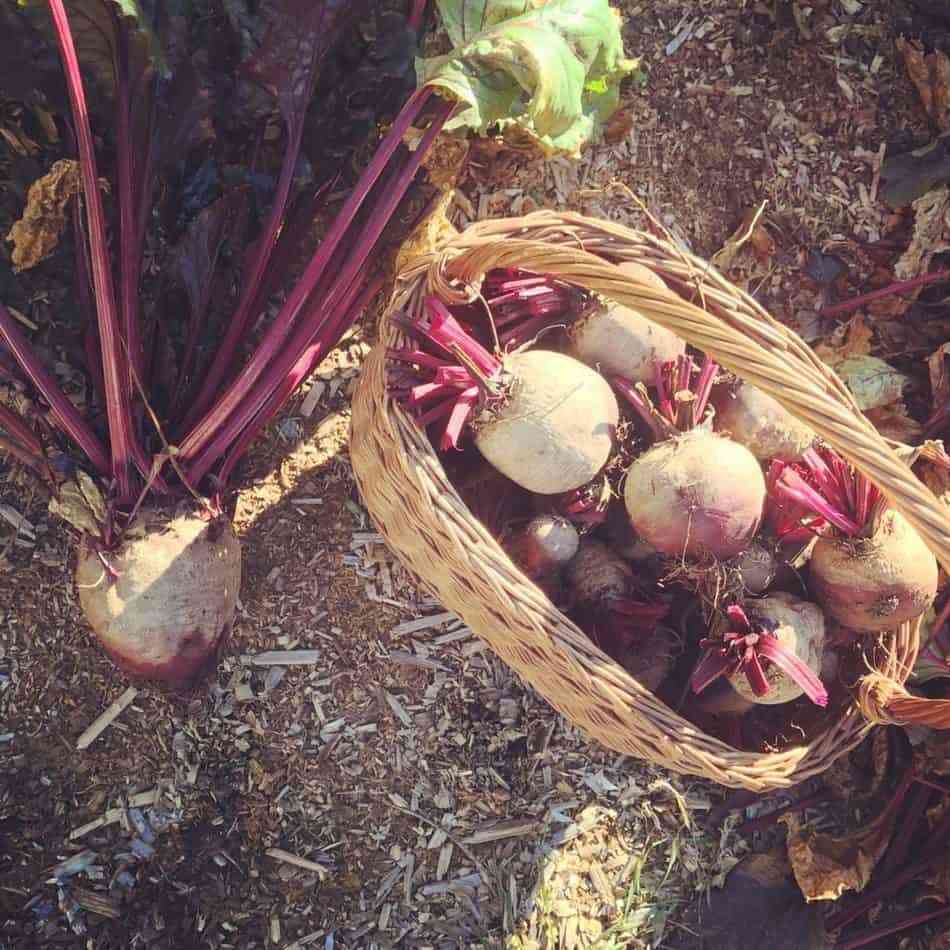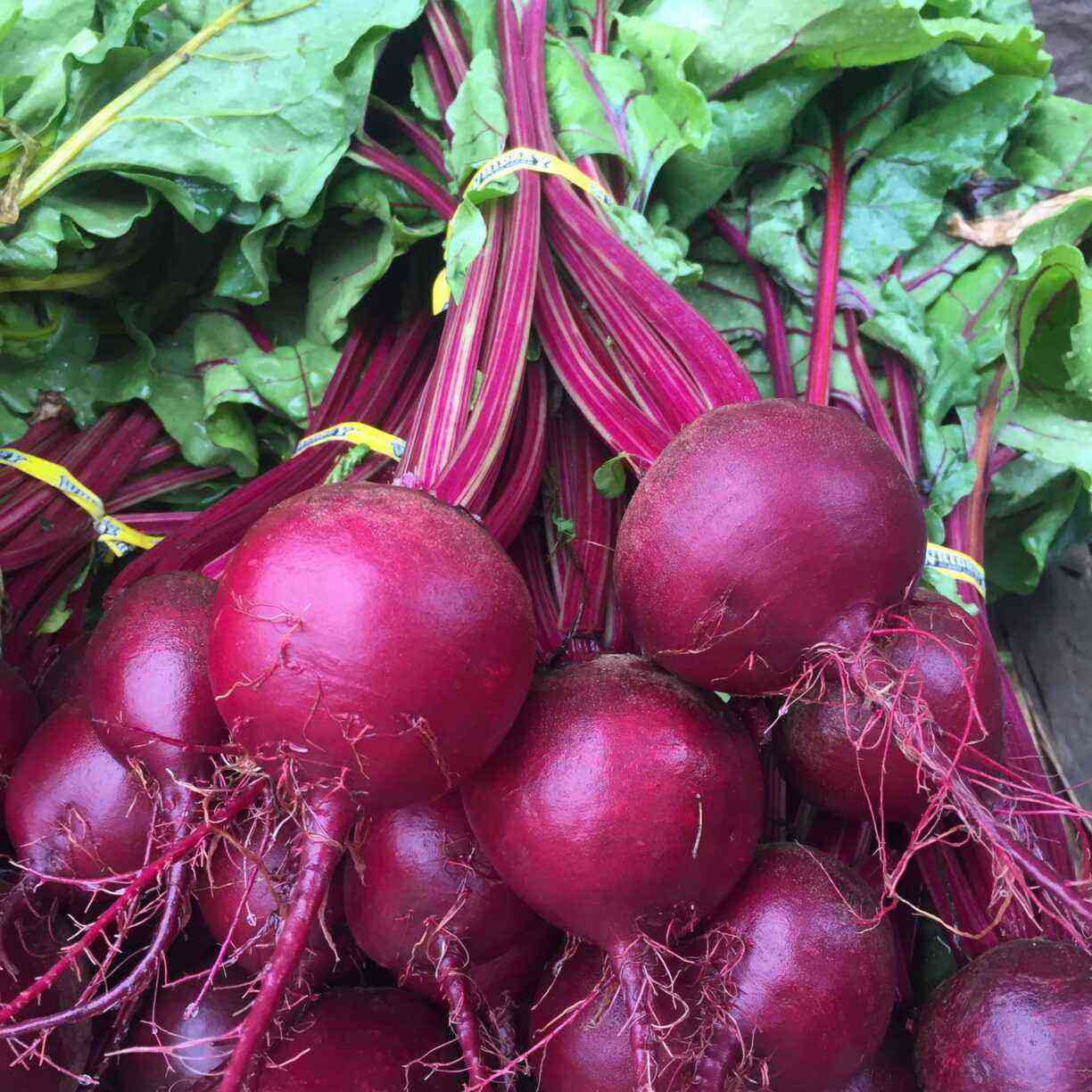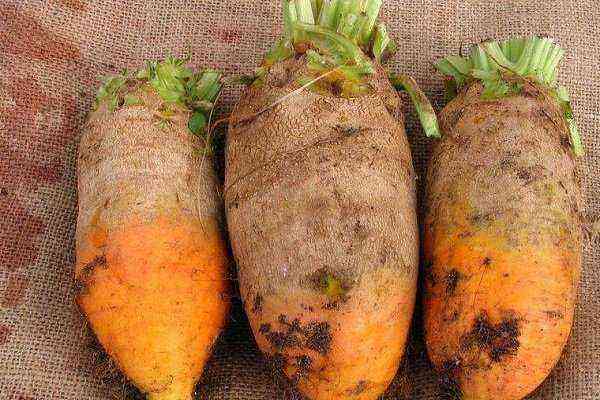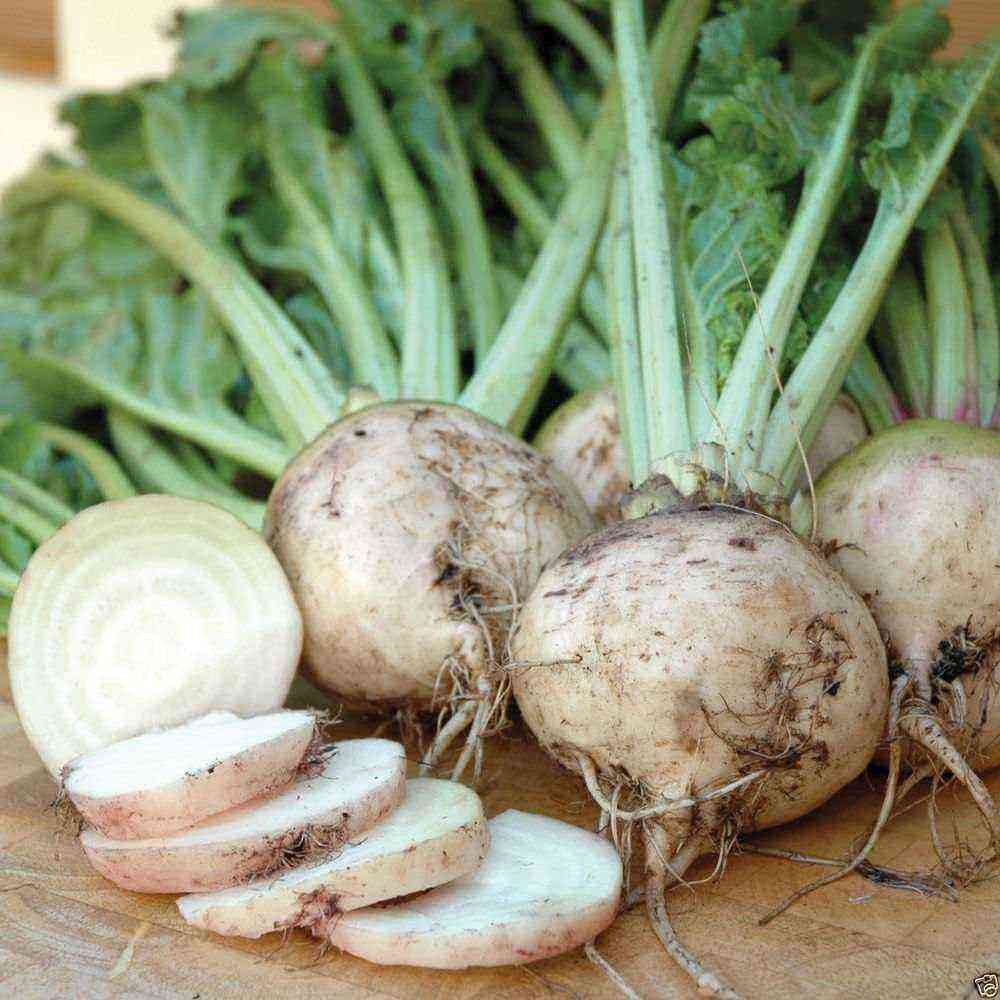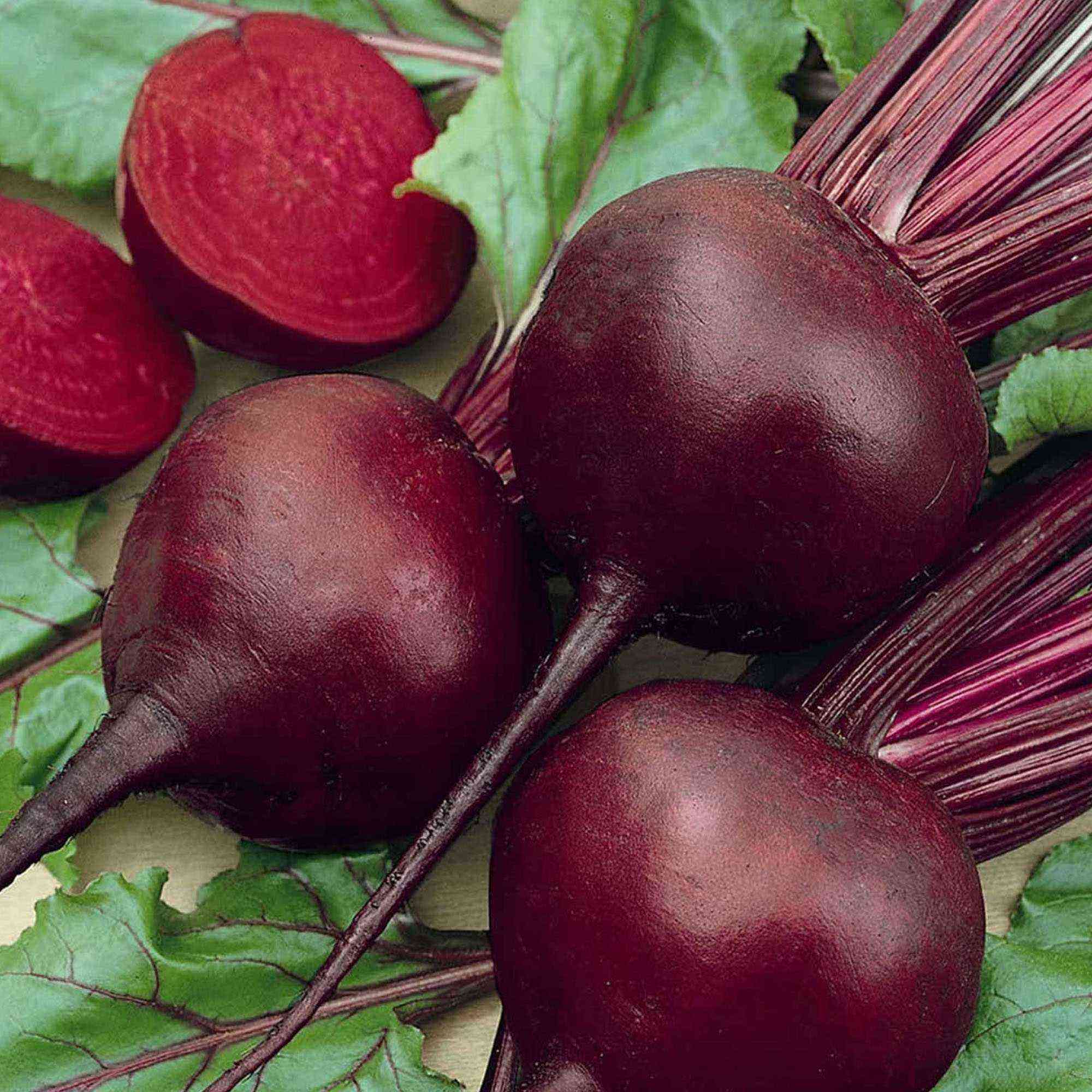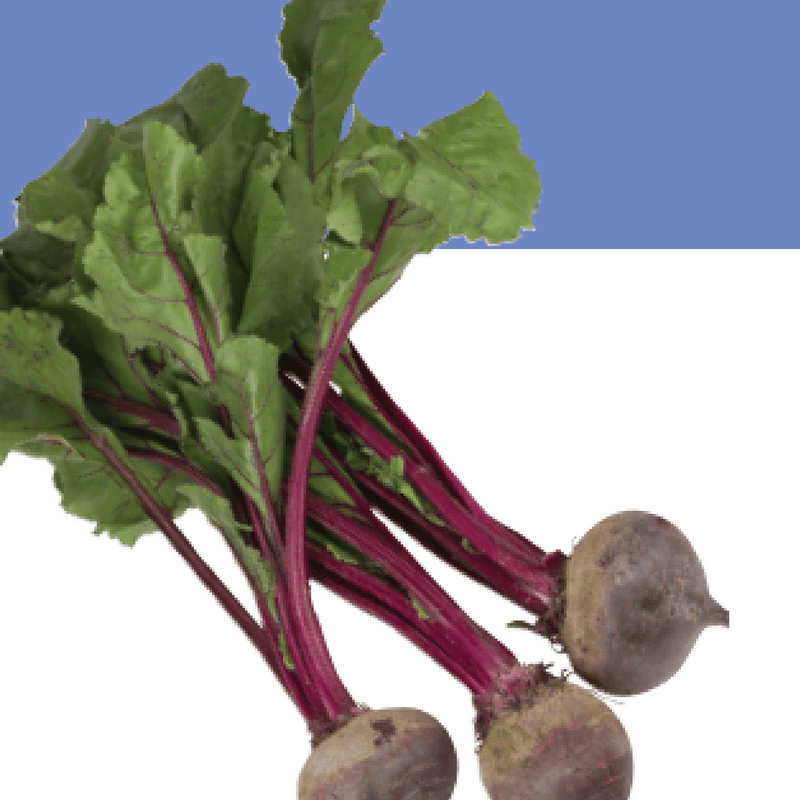Beet farming is one of the simplest, but even its impeccable observance does not guarantee the absence of diseases and insect attacks. Knowing what enemies the beet has, being able to recognize and diagnose them, you can quickly prevent their spread and save the crop.
The main diseases of beets
Beet is a hardy plant with high immunity, but under adverse circumstances and violation of agricultural technology, it can be affected by bacteria, viruses and fungi. Many diseases significantly reduce the quality of the crop and cause losses after the laying of root crops for storage.
Mučnistaâ rosa
This is a fungal disease that appears in the second half of summer. One of the most common and dangerous diseases that affects a variety of crops. The main reason for the appearance of powdery mildew is high humidity and hot weather.
Symptoms:
- At the initial stage, the leaves are covered with small white spots.
- Then the spots increase, gradually spreading throughout the leaf, and then along the stems and shoots. It seems that the above-ground part is watered with lime.
- Cobweb plaque gradually becomes dense and powdery.
- The plant weakens and dies gradually.
Control measures:
- spraying with colloidal sulfur – 20 g per bucket of water;
- processing fungicides – Topazom, Quadrisom, Fundazolom.
Prevention is standard – compliance with agricultural technology, crop rotation, disinfection of seeds, removal of plant residues and deep autumn digging.
Fomoz
A fungal disease that affects leaves and roots. You can recognize the disease by the condition of the leaves. If left untreated, the tops dry out completely. The disease does not disappear even after harvesting, and manifests itself after the laying of root crops for storage. Manifested with a deficiency of boron.
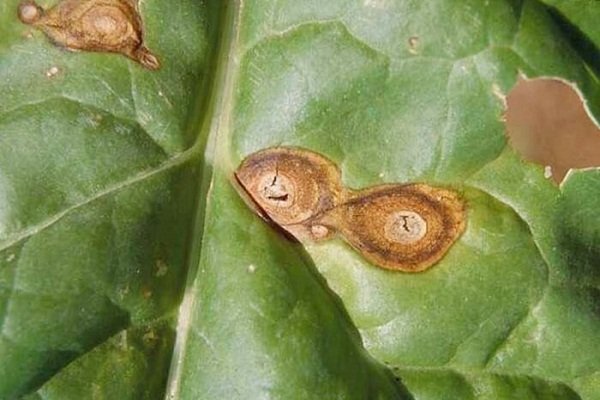
Symptoms:
- Large concentric spots appear on the tops, yellowish or brown.
- Affected tissues are covered with small black dots. They later cover beet seeds.
- On the incision of the root – the affected black tissue. In them – voids with a white coating of fungus. Later, other pathogens join phomosis, and the plaque becomes black, pink, green. Such root crops should not be planted on seeds – after planting they die.
Spotting has almost no effect on the size of root crops – a good harvest is harvested. But after harvesting, the beets begin to deteriorate.
How to fight:
- removal and destruction of diseased specimens;
- spraying with Bordeaux liquid;
- treatment with Fundazol, Benazol, Title 390 and other special means;
- immediately after spraying – weeding and thinning of the beds, as well as the introduction of a boron-containing fertilizer, for example, “Ultramag Bor”.
Specific preventive measures for phomosis are the introduction of boron preparations and the storage of only healthy root crops.
Kagatnaya rot
The disease of beets, in which they are affected by fungi and bacteria during storage, is called clamp rot. Pathology leads to the loss of most of the crop. Symptoms of the disease appear already in early autumn. A greenish mold first appears on beets, which darkens over time, and the root crops completely rot.
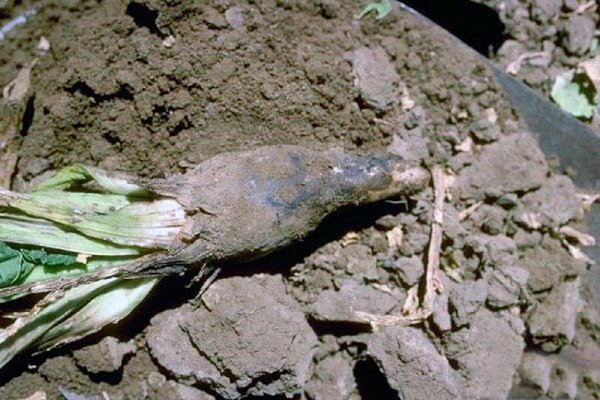
Causes of pathology:
- violation of agricultural technology;
- nutrient deficiency.
Control measures:
- timely application of top dressing;
- cultivation of resistant varieties;
- selection of the optimal harvesting time;
- laying root crops for storage without delay;
- rejection of damaged or frozen root crops;
- spraying root crops with slaked lime – before laying in the cellar.
Rust
This fungal infection is called single-farm, as it affects exclusively beets. Due to rust, the entire aerial part dies off, the yield and sugar content in root crops decrease. The cause of the disease can be a lack of phosphorus and potassium.
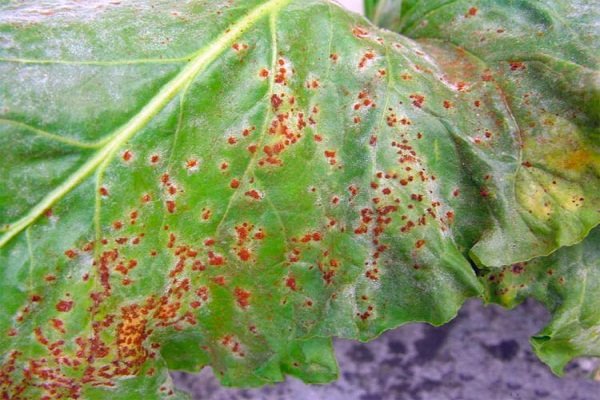
Symptoms:
- In spring, black dots appear on the lower part of the leaves. On the reverse side there are orange spots-pillows.
- In summer, brown dusty spots grow on the leaves. During this period, mass infection of beet beds begins.
Control measures:
- Spraying with chemicals (Abacus or Alto super).
- Removal of diseased specimens and destruction of all foci of infection.
- Timely application of phosphorus-potassium fertilizers.
common scab
A fungal disease that affects root crops. Usually scab occurs in beets grown on heavy soils with an alkaline environment (pH 7-8). Fungi are not able to process fiber, therefore, they spread only along the surface of root crops, without penetrating into their middle.

Causes of common scab:
- lack of rotted manure;
- soil liming.
Symptoms:
- Rough areas covered with scabs appear on root crops. They form a dark crust.
- In the region of the neck of the root crop – ring intercepts.
- Plants slow down.
Control measures:
- Fungicide treatment (Chistotsvet, Diskor, etc.).
- Spraying with copper oxychloride and Kartacid.
Traditional methods of prevention – spraying plantings with a solution of ash or soap, are powerless against scab.
Rhizomania
This viral disease causes necrotic yellowing of the veins. The carriers of the virus are single-celled parasites that are especially active in hot and humid weather.
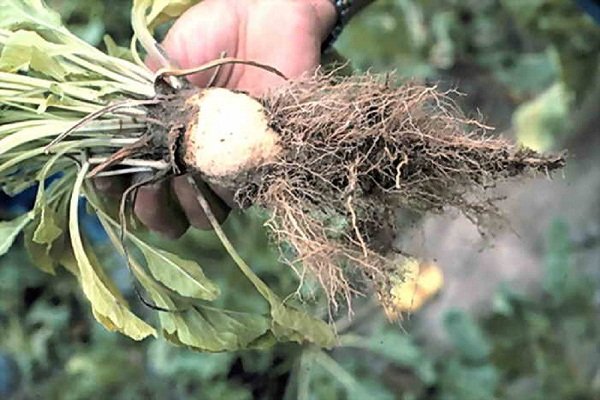
Symptoms:
- sheet plates lose their elasticity and luster;
- growth slows down;
- the fruits become smaller, their lower part is shortened, and the inside of the root crop hardens.
It happens that the disease passes without symptoms, its presence can be guessed by low yields and by the type of fruit – they have a “beard”.
Control measures:
- for spraying use Fundazol, Benazol or Rovral;
- fertilizers containing boron are applied in a timely manner.
Jaundice
A viral disease that appears at the stage of aphid activation. The disease can reduce the yield by 30-60%. The best way to fight is prevention.
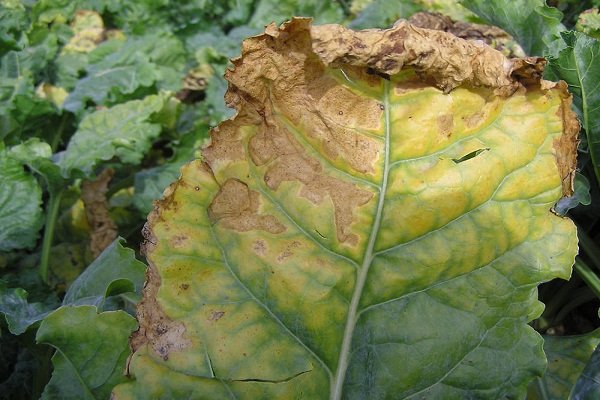
Symptoms:
- yellowing of the lower and middle leaves, first the tops turn yellow, then the edges;
- young leaves remain green for a long time, but it is noticeable that the veins acquire a necrotic appearance;
- affected leaves are shorter than healthy ones, lose their smoothness and become brittle.
Control measures:
- Destruction of aphids by timely treatment with an insecticide. If the aphid has just appeared, then the edges of the plantations along the perimeter are processed. If more than 5% of the plantings are infected, then all the beds are sprayed.
- Affected specimens are pulled out and burned.
- Plantings are treated with fungicides, for example, Phosphamide.
Downy mildew (downy mildew)
This fungal disease especially often affects beet beds at high humidity. The fungus affects mainly the tops. Appears in May-June. It disappears when the heat begins, and in the fall, when it gets colder, it returns again.

The reasons:
- infection from diseased plants, conidia are carried by the wind;
- lack of potassium and phosphorus.
Symptoms:
- a purple bloom appears on the leaves, then yellow spots that quickly spread over the entire leaf plate;
- leaves are deformed, thickened and quickly die off;
- on the reverse side of the leaves – a grayish-purple coating containing spores of the fungus.
Control measures:
- spray plantings with Apron, Amistar, Acrobat – they are used both for treatment and for prevention;
- at the first symptoms – spraying with Bordeaux liquid 1%;
- planting varieties resistant to downy mildew, and selecting high-quality planting material.
Bacterial cancer
This is not a particularly common disease caused by pathogenic bacteria. The disease can significantly impair the quality of root crops.
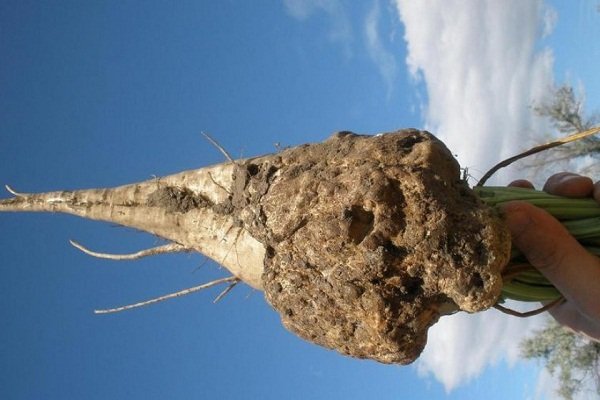
The reasons:
- distribution by insects making passages in root crops;
- high humidity and temperature.
Symptoms:
- on the root collar – smooth growths that can exceed the size of the root itself;
- on the leaves – tumors.
Control measures:
- planting varieties resistant to bacterial cancer;
- spraying with Fitoflavin, Fitoverm, Fitoplasmin.
Blackleg
This disease affects many crops, especially at the seedling stage. The causative agents are fungi and microorganisms living in the soil. Usually weak specimens are affected.

Provokes a black leg:
- increased humidity and waterlogging of the soil;
- shallow seeding depth;
- heavy soils;
- poor-quality pre-sowing treatment of the site and insufficient fertilization;
- use of contaminated material;
Symptoms:
- seedling roots rot and darken;
- affected seedlings die, gaps appear in their rows, and the rest of the plants slow down growth;
- leaf wilting.
Control measures:
- at the initial stage – spraying with Fitosporin, Baktofit or other suitable fungicide;
- also at the beginning of the disease, dusting with ash helps;
- watering the seedlings with a solution of soda (take 1 tsp of soda for a glass of water);
- seed treatment in Epin’s solution.
Mosaic
A viral disease that leads to loss of yield and deterioration in the taste of fruits. The virus is carried by insects – aphids, bugs, cicadas. The disease affects not only beets, but also cabbage, beans, and weeds.
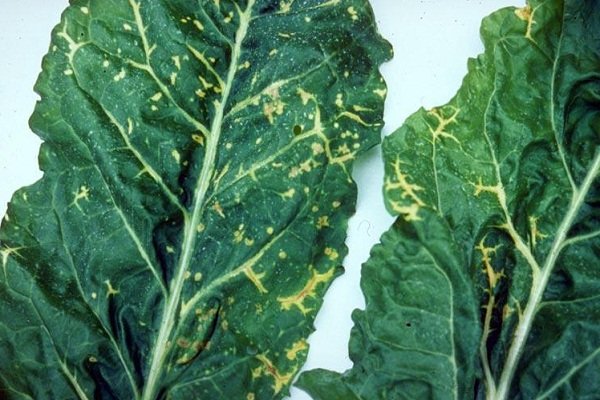
Symptoms:
- a mosaic pattern appears on the leaves;
- leaf plates deform and fade over time;
- root crops lose their sugar content.
Control measures:
- timely weeding;
- separation of plantings for obtaining root crops and for seed material.
To date, there are no effective methods for dealing with mosaics.
Gray mold
Fungal disease. It affects a variety of crops, found on carrots, tomatoes, radish, cabbage. The disease is also called botrythiosis. It develops both during the growing season and after laying beets for storage. The appearance of gray rot in the storage provokes increased temperature and humidity. There are no signs of disease on the aerial part.
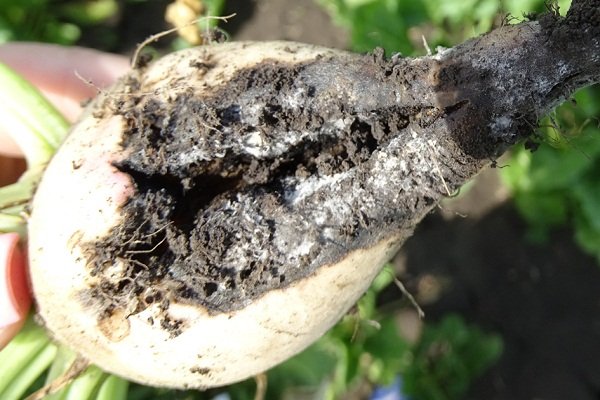
Symptoms:
- brown rounded spots on root crops;
- the affected areas are covered with gray-green mold;
- root crops soften, and the tops become dull.
Control measures:
- spraying the soil with Gliocladin;
- clearing the site of plant residues.
Most often, gray rot affects frostbitten, dried root crops or those that were collected late.
tail rot
Root rot starts from the end. First, the “tail” rots, and then the disease spreads to the entire root crop. Causative agents of tail rot are various microorganisms and fungi.
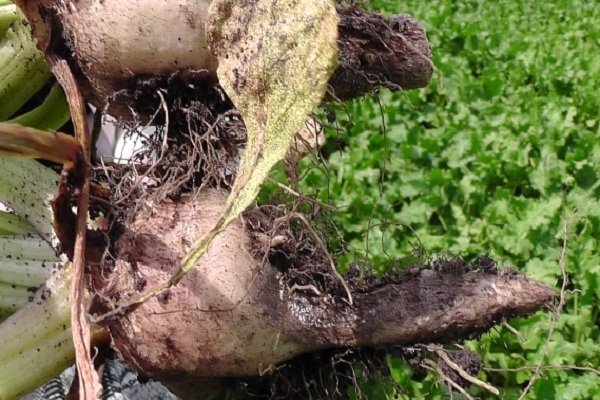
The following factors can provoke the disease:
- heavy soils;
- high humidity;
- the formation of a crust on the soil;
- hot weather;
- an excess of nitrogen in the soil;
- mechanical damage to root crops during loosening and weeding;
- insect pests.
Symptoms:
- leaves, first the lower ones, and then the upper ones, brighten, wither and die;
- roots rot and the plant dies.
Control measures:
- the correct dosage of dressings;
- timely destruction of pests;
- thorough sorting of root crops before laying in storage.
Red rot
Other names for red rot are felt disease and rhizoctoniosis. This pathogen is also dangerous for carrots, swedes, radishes and other vegetables with root crops. The disease appears in high humidity and hot weather. Typically, such conditions are created in lowlands, wetlands and wet peatlands.

Symptoms:
- the surface of the root crop – all or separate sections, is covered with lead-gray spots, on which the mycelium of a reddish-violet hue is visible;
- small black sclerotia form on root crops;
- the affected tissues become soft and the root crop rots;
- with a strong infection, the leaves wither during the growing season.
Control measures:
- fungicide treatment, for example, Gamair;
- use of selected seeds.
Folk remedies against red rot are powerless.
White rot
The disease is also called sclerotinia. The causative agent is a fungus that often affects beets, carrots and other vegetables. The disease develops after laying in storage and leads to crop losses.
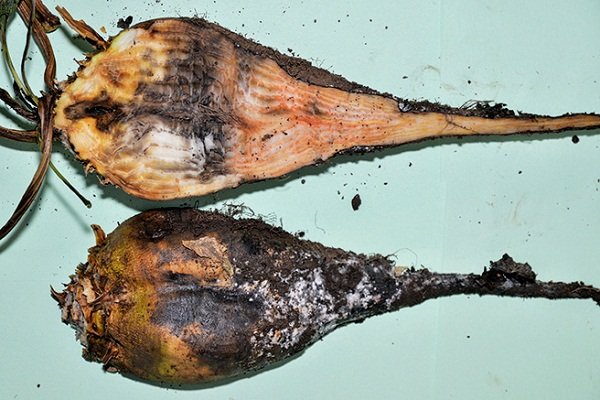
Symptoms:
- the affected areas of root crops are covered with a fluffy coating and soften;
- the diseased areas harden, white, and then black tubercles appear on them, exuding fluid;
- root crops become soft and completely rot.
Control measures:
- prevention – compliance with crop rotation, disinfection of seeds, disinfection of the site and storage;
- spraying with fungicides – Amur, Absolut, Alfa-Standard.
Fusarium rot
The disease progresses in early summer. The penetration of the pathogen occurs through the roots, weakened and damaged plants are affected first of all. The source of infection can be soil or plant debris. The pathogen multiplies intensively in hot weather.

Symptoms:
- petioles of leaves turn black, tops fade with time;
- roots slow down growth, many lateral roots grow;
- on the cut of the root crop, empty cavities filled with white-pink mycelium and fibrous areas are visible;
- the disease can move to the surface of the root crop, it turns brown and rots.
If the lesion is severe, then the plant dies at the beginning of development. There is no effective treatment for Fusarium. The only way to protect beets from this type of rot is prevention.
Preventive measures:
- planting resistant varieties;
- you can not plant beets in one area more often than after 2-3 years;
- prevention of mechanical damage to root crops.
Ramulariosis
Ramularia spotting is a fungal disease characteristic of the second half of the growing season. Sometimes found in spring on young beets. The fungus is transmitted through seeds. For its development, a temperature of +17 ° C is sufficient.
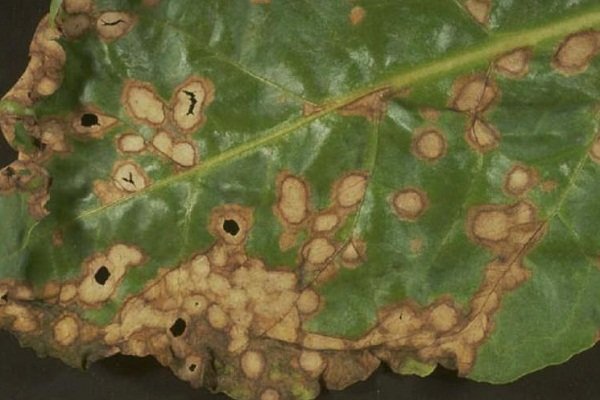
Symptoms:
- leaves are covered with light spots ranging in size from 4 to 15 mm;
- spots may have a brown border;
- gray-green spots turn brown over time, covered with a white spore-bearing coating.
Preventive measures:
- observance of crop rotation;
- spraying with any fungicide used against beet diseases that affect the leaves.
Ramulariasis is similar in symptoms to cercosporosis, but in the first case, the tissues inside the spots crack and fall out.
Common beet pests
Among insects, there are enough people who want to feast on juicy leaves and root crops. Pests not only weaken plants, but also spoil the crop – damaged root crops are not suitable for storage, as they quickly rot due to infection.
beetroot flea
A small beetle 1-2 mm long. It hibernates on fallen leaves, and in spring eats beet leaves. The insect also eats sorrel, lives on weeds. Fleas can destroy the growing point and the plants die. Flea beetle larvae feed on small roots, and beetles feed on leaves.
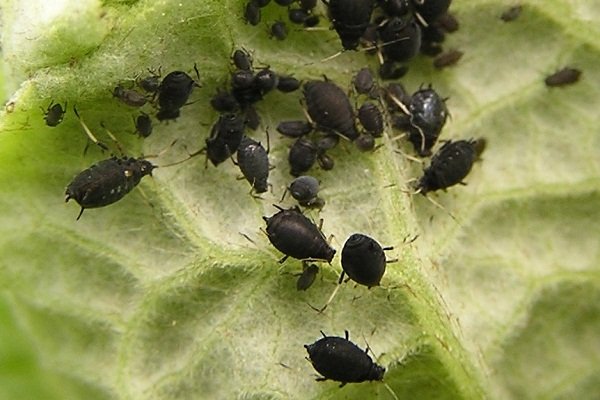
Signs of defeat:
- leaves curl and wither;
- the surface of the leaf plates is covered with dark spots;
- plant growth slows down.
How to fight:
- treatment with insecticides – Confidor or Calypso;
- proper soil preparation and early sowing.
Thyroid
Beetles 6-7 cm long are distinguished by high fertility and voracity. Young beetles are green, while adults that have survived the winter are brown.

Signs of defeat:
- larvae and adult insects eat leaves;
- insects gnaw holes in the leaves without affecting the veins.
How to fight:
- weeding;
- treatment with biological products;
- in extreme cases – spraying with insecticides.
Gall nematode
These small parasitic insects are practically invisible to the eye. Their length is not more than 1,3 mm. The root nematode not only parasitizes on root crops, but is also a carrier of all kinds of infections – viral and bacterial. The pest is ubiquitous and can significantly reduce crop yields. The parasite is especially active during dry periods.
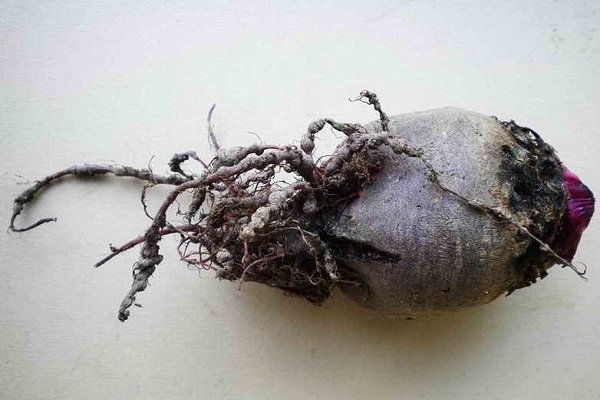
Signs of defeat:
- the nutrition of plants is disturbed, they cannot normally absorb water;
- the leaves wither, the plant weakens and gradually dies.
How to fight:
- dressing of seed material;
- planting in the aisles and along the perimeter of marigolds;
- spraying with biological products – Basamil, Phytohit and others.
beet fly
The fly infects the leaves in spring. By laying eggs on the leaves, the fly provokes the death of the beets – the larvae, which will soon appear, suck the juices from the plant.
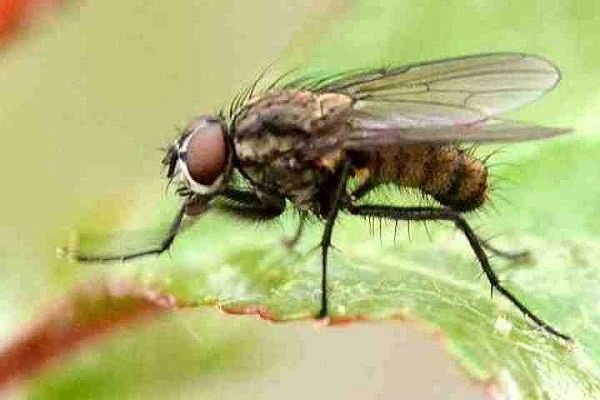
Signs of defeat:
- the larvae, having penetrated the leaves, gnaw their passages;
- bubble-like cavities are formed at the site of the passages;
- leaves turn yellow and wilt.
How to fight:
- regular spraying with Calypso or Maxi insecticides;
- timely cleaning of weeds;
- treatment with Karbofos.
Smooth dead eater
Beetles reach a length of 1 mm. Color – black, on the body – hairs. Eats young sprouts. Wintering – on weeds. The larvae are black, feed on leaves, eating them down to the veins.

How to fight:
- weeding;
- treatment with insecticides – Diazol, Ditox, Pirinex and others.
Minimizing Mole
Butterfly length – 5 mm. She has withgray wings with dark spots. Caterpillars are light green, up to 12 mm long. Butterflies fly out in April-May. They lead a nocturnal lifestyle. Eggs are laid on leaves and petioles.
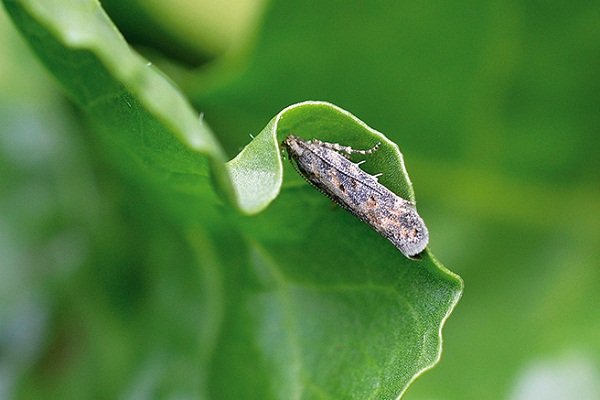
Signs of defeat:
- caterpillars eat young tops at the very beginning of the growing season;
- gnaw through the petioles;
- damage the upper parts of the root crops.
After harvesting, the caterpillars continue to remain in the petioles, where they live and develop. Rainy weather is favorable for them.
How to fight:
- promptly remove plant residues;
- dig the soil deep in the fall, 2 weeks after harvesting the beets – this destroys the pupae that have prepared for wintering in the soil.
aphid
This small insect feeds on the juices of a wide variety of crops and wild plants. An adult insect reaches a length of 2 mm. Case color – black, with a green tint. Individuals with wings are shiny, and those without wings are matte. During the summer, 10-12 generations develop. Insects, appearing in April, settle on beet leaves.
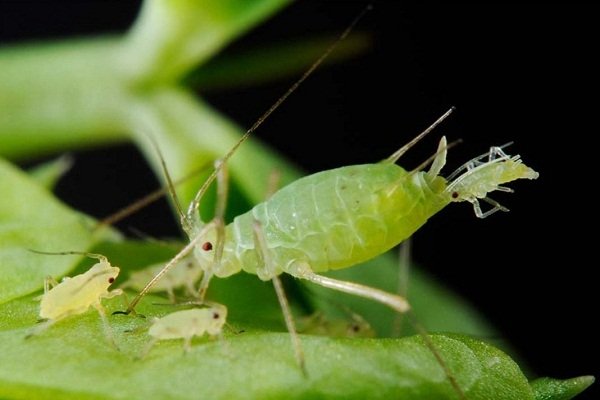
Signs of defeat:
- insects settle on the underside of the leaves, causing them to curl;
- plants lag behind in growth and lose productivity;
- the pest infects the testes, which reduces the quality of the seed.
How to fight:
- spraying with soapy water, infusion of tobacco or ash;
- spraying with Karbofos;
- destruction of weeds;
- treatment with Iskra, Commander and other insecticides.
To effectively combat aphids, it is necessary to combine chemicals with folk remedies.
Weevil
The beetles reach a length of 1-1,5 cm. They have a shiny gray body covered with dark spots. The head is tubular. Males are smaller than females. Until the beets have sprouted, the beetles live on the weeds. Beetles hibernate at a depth of 20 cm.
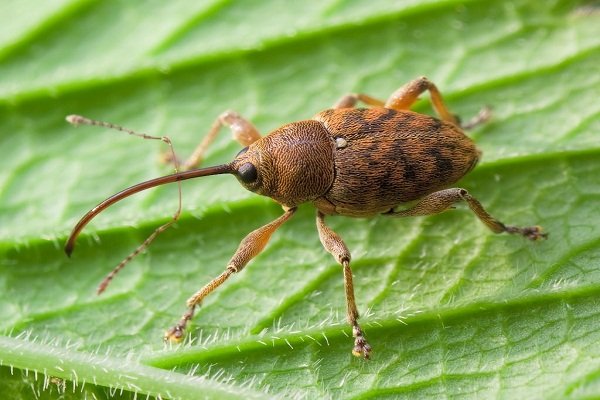
Signs of defeat:
- larvae eat roots, gnaw and bite them, gnaw holes in root crops;
- affected plants wither, and root crops become smaller and deformed.
How to fight:
- loosen the soil;
- dig the site deep in the fall;
- seed treatment with insecticide and growth stimulator;
- digging beds around the perimeter, followed by chemical treatment;
- in severe cases – spraying with Alatar, Pochin, Karate.
Weevils have natural enemies – birds, ants, ground beetles.
General preventive measures
Preventive measures can prevent many diseases and the spread of insect pests. When a plant gets sick, it is difficult to do without crop losses, and prevention can save 100% of root crops.
Preventive measures:
- Compliance with crop rotation. It is recommended to plant beets only in the field of favorable predecessors. Beets grow best after cereals.
- Soil preparation. The soil is dug up in autumn, removing plant debris and destroying insects.
- Landing in fertile and non-acidic soil. The level of acidity is reduced by liming, ash or dolomite flour is added.
- seed disinfection. Seeds are kept in a solution of manganese or other antiseptics.
- Deadlines. Late planting can lead to the development of many diseases. It is especially dangerous to rush to plant seeds in poorly warmed soil.
You can learn about the causes of some beet diseases, as well as methods of treatment, from the following video:
Timely detection of diseases or pests increases the chances of their successful elimination. And if you take preventive measures, you can prevent most of the problems and achieve maximum yields.
